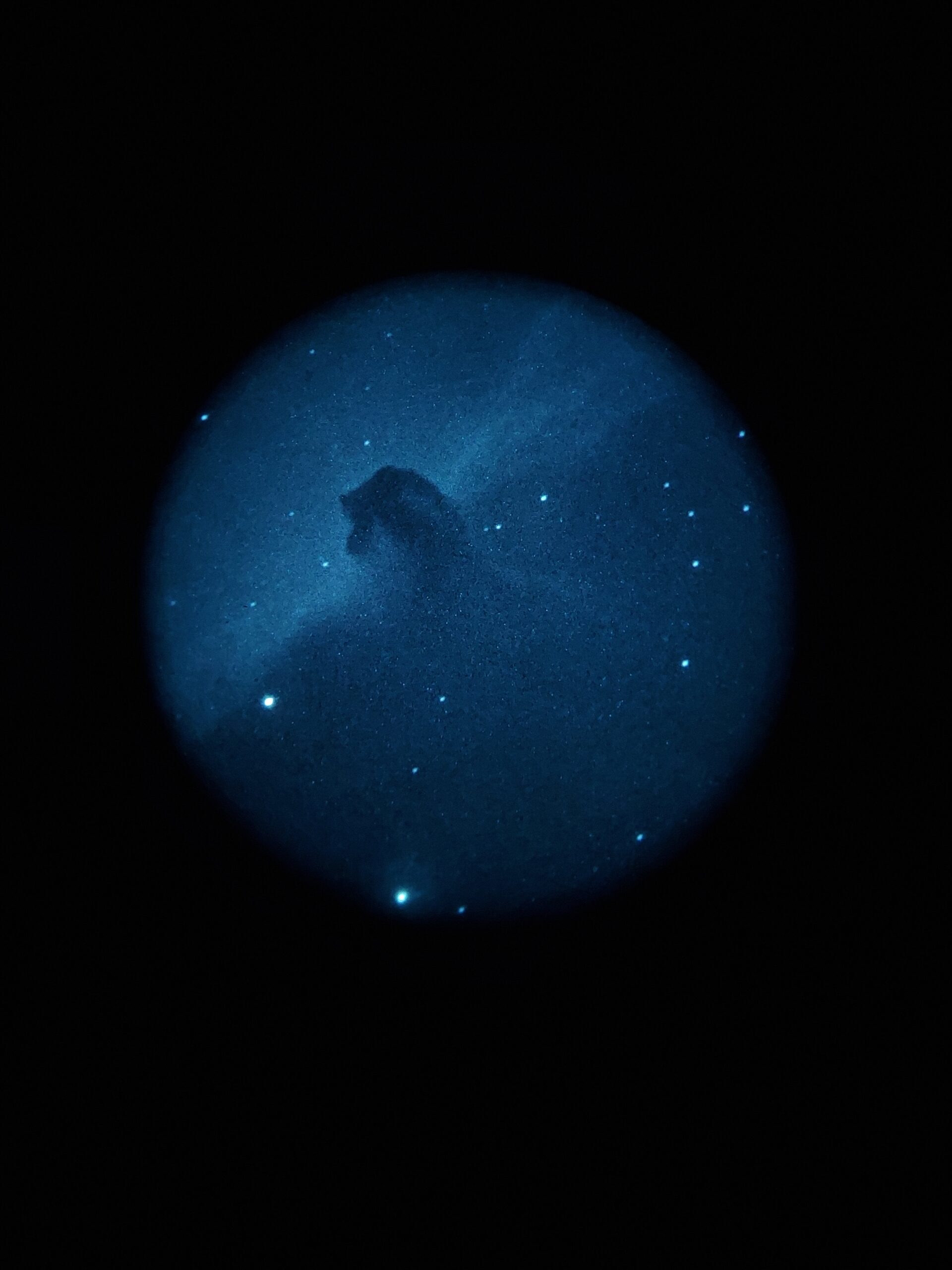What is an equinox?
Equinox is latin for “Equal Night” and it refers to the time of year when the position of the sun is in line with the celestial equator and marks the changing of the seasons. It is widely believed that the Equinox results in exactly equal day and night, this is not entirely true. The day and night are a few minutes different even on the equinox.
Key Takeaways
- Equinox occurs 4 times a year and marks the changing of the seasons.
- Equinox occurs when the sun is in line with the celestial equator.
- There are many examples of ancient structures being aligned with the Equinox.
Understanding Equinox
Equinoxes occur 4 times a year, the Vernal Equinox, the Autumnal Equinox, the Summer Solstice and Winter Solstice and mark the changing of the seasons.
Equinoxes occur when the sun is in line with our celestial equator resulting in the most equal day and night times. Solstices occur when the sun is furthest away from those locations resulting in the longest day (Summer Solstice) and the shortest day (Winter Solstice).
Celebrating Equinox
Both Equinox and Solstice are celebrated around the world in almost every culture.
Vernal Equinox is celebrated by the decoration of eggs and the celebration of the end of winter. In some cultures Vernal Equinox is the beginning of the calendar year.
In some asian cultures Vernal Equinox is called Water Day because relatives are encouraged to visit their ancestor’s graves and pour water on the headstones.
The Autumnal Equinox is celebrated around the world as it often coincides with the harvest, the full moon nearest the Equinox is often called the harvest moon.
The Autumnal Equinox is also celebrated in Jewish culture with the Feast of Tabernacle also known as Sukkot. Families stay in temporary outdoor shelters to remember their ancestors living in tents.
Ancient Structures
There is also well documented evidence that monoliths like StoneHenge, Matcha Pichu, and Myan Chichen Itza have solar alignment. Chichen Itza has a brilliant show of shadow and light on the railings of the stairs on El Castillo on the Equinox.
The oldest known structure to be solar aligned in the Sphinx in Egypt. It is well documented that the sun aligns with the back of the Sphinx’s head during sunset on the Equinox. It is also connected with the constellation Leo (the lion).
Astronomical Significance
It is commonly believed that the day and night are exactly the same length of time on the Equinox, but this is not exactly true. Every day of the year day and night are never the same length, some days there is more night than day and some days there is more day than night. On the Equinox the balance changes.
From Vernal Equinox to Autumnal Equinox the day is getting longer, on Autumnal Equinox the day and night are close to the same length. After the Autumnal Equinox the day starts getting shorter.
Related Terms
Solstace
References
https://hraf.yale.edu/celebrating-the-vernal-equinox/
https://asd.gsfc.nasa.gov/blueshift/index.php/2010/07/08/maggies-blog-ancient-astronomy/



